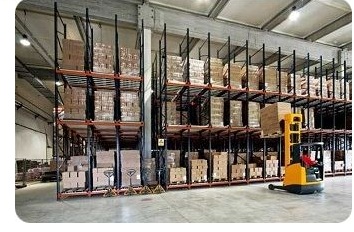When you’re involved with small business factoring, your relationships with your customers invariably comes into play. When you factor receivables, you get an advance on the money owed to you by your customers. Your customers then pay your factor on the due date and then you get the rest of your money (minus the fee charged by the factor) when your customers pay in full.
The fee and the advance are all determined by the creditworthiness of your customers. You pay a fine when your customers pay late, and you have to pay back the advance when they don’t pay you back at all.
So it’s very important that you have a good working relationship with your customers. Here are some tips about customer relations so you can maximize the benefits you get from factoring.
- When you have new customers, set credit limits for them. A new customer is usually an unknown entity, and so you have no idea of how (or if) they pay their bills. You need to set a credit limit, so you can monitor their payment habits without risking too much.
Your customer should know about the credit limit, and they should know what steps they need to take in order to get better credit terms. Perhaps when they’ve paid in full and on time for a given time period, you can increase their limit.
- Always set clear conditions and terms in your contracts. You must have a proper written contract with your customers, whether they’re old or new. If you’ve been used to verbal agreements with your customers, that has to stop if you expect to factor receivables.
Everything should be specified, every word defined clearly, and every figure clarified. There should be nothing unclear about the contract, and nothing should be open to interpretation. That keeps the misunderstandings and confusion to a minimum. And if the terms and conditions change, a new contract must be drawn and signed by both parties.
The amount owed to you must be specified. And the due date must also be very clear as well.
- Try to forge a secure personal relationship with your customers. Building a strong personal relationship with your customers doesn’t just get you more sales. It also ensures that the companies you sell to pay the amount they owe in the time specified in the contract.
A contract may not be enough to deter your customers from paying late. But if you have a personal connection with them, they may be less inclined to destroy or damage that trust.
Customer relationships are essential for your business. And it becomes even more important when you’re engaged in small business factoring. By having a strong relationship with your customers, you can also make sure that your relationship with your factor is smooth as well.

